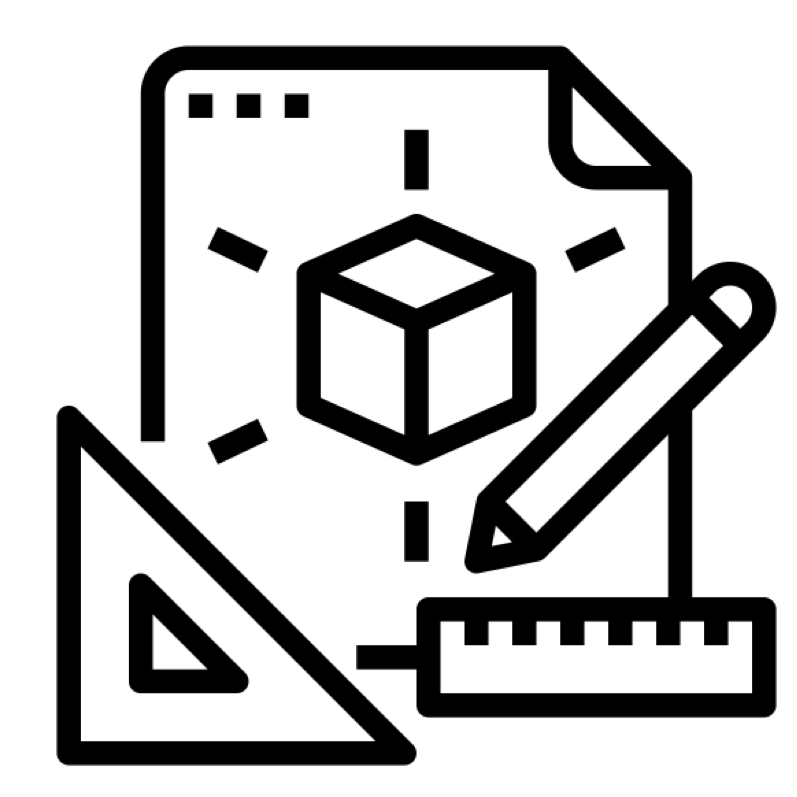Backwards Design
“Backwards design” is an approach to developing learning experiences. Starting with the desired outcomes for your program and how you will measure them, the process works in a “backwards” direction, planning the specific activities involved in the program last.
When considering the CL services you are going to design with and for teens in your community, the backwards design process will start with outcomes.
Start with Outcomes
Designing a program starts with a thoughtful articulation of the outcome or outcomes you want to achieve through it. An outcome is simply something outside of your program and outside of connected learning that matters to someone.
The outcomes you want from your programs should align with your library’s strategic mission as well as the goals and needs of your community. But the desired outcome for any particular program doesn’t haven’t to be a high impact achievement. You may simply want to help your teens become more comfortable visiting the library space, or encourage friendships to form. Ask yourself (and your stakeholders): “What will the participants think, do, or feel as a result of their experience?”
Talk to your stakeholders as you develop outcomes. They should all agree that the outcomes are important and desired. They may even suggest surprising or nontraditional outcomes. By involving your stakeholders, you can get different perspectives on what outcomes are the most important.
Outcomes and Evaluation
How do you know what outcomes are appropriate for your library and your community? Although we often think of assessment and evaluation occuring at the end of a library program or service, they should also happen when you are in the Identifying stage of a program — when you are making decisions about new programming. See the Assessment and Evaluation module for more.

Source:
Evaluating Library Programming Guide; used with permission.
Connected Learning Outcomes
In this section, you have the chance to consider outcomes you may work towards as a part of your connected learning initiative.
YALSA identified six categories of outcomes as a part of the “Teens First” library services focus. The categories are: community, creativity, digital citizenship, leadership, learning, and literacies. (For a full overview of these outcomes check out Teens First: Basic Learning Outcomes.)
Get started learning about the outcomes in YALSA’s publication by reading the information below. As you read, keep in mind that in your library’s connected learning services the outcomes you work towards will intersect. It is likely that multiple categories of outcomes will be a part of any program or service you initiate.
Community
Community-focused outcomes center around teens engaging, connecting, and building relationships with their peers and with the broader community. These skills are developed through activities that range from hanging out in the library and other locations throughout the community, to activities that require collaboration, critical thinking, discussion, and so on.
Creativity
Outcomes in the creativity category are a result of teens learning how to express themselves, innovate, and solve problems. This creativity often is the result of teens spending time in welcoming and interest-driven environments. Teen creativity shines through when teens are given the chance to be themselves, try things out, take risks, and make mistakes.
Leadership
When teens build leadership skills they demonstrate self-confidence while at the same time listening to and respecting others. Leadership is also seen in teen ability to persevere during challenging times and their ability to mentor others. Connected learning centered activities that give teens the chance to gain and demonstrate confidence as well as assist others involved in the activity help to build leadership skills.
Learning
An important part of connected learning is building teen capacity for ongoing learning. Outcomes in the learning category focus on areas such as demonstrating curiosity and a desire to keep learning; reflecting on learning so to understand what areas might be good for continued engagement; building social emotional skills in areas such as decision making, self-awareness, and self-management; and considering future learning needs related to life after high school.
Worksheet #3: Outcomes For Your Community
Outcomes are the changes in behavior, skills, attitudes, knowledge, etc. that you would like youth to gain through the program or service you develop. Based on what you’ve learned with your community stakeholders, what are some things you and your stakeholders would like to work towards to support youth learning and development?
For example, if you’ve determined that one of the areas to work towards with stakeholders is to help build teens’ self-confidence, your desired outcome may be something like, “Teens demonstrate confidence in their problem-solving abilities.”
Feel free to brainstorm as many outcomes as you can think of at this point. You’ll select one to work on in the next worksheet.
